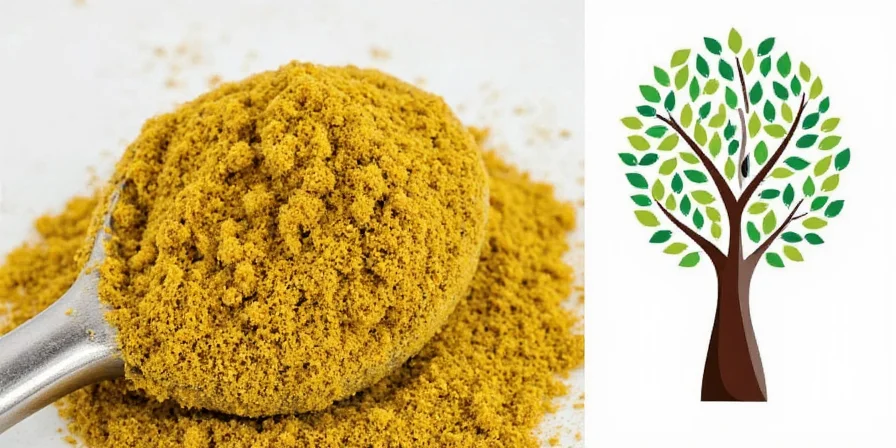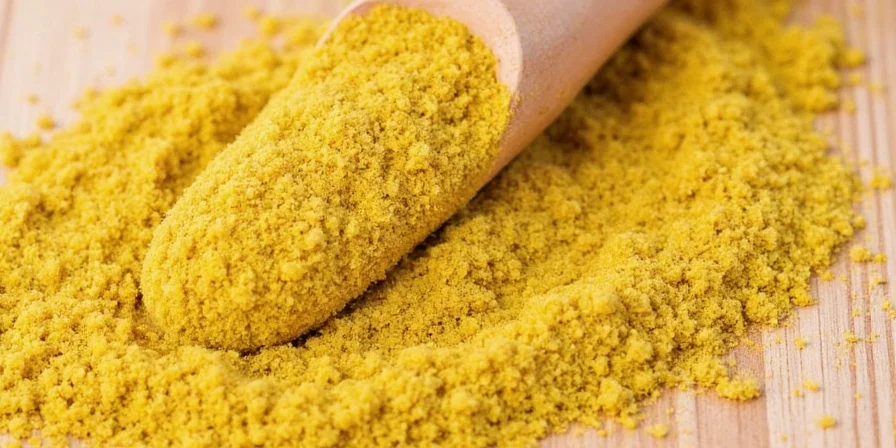Mustard Uncovered: The Spicy Secret You Never Knew Was Hiding in Your Kitchen!
If you thought mustard was just that yellow stuff squirting out of a squeeze bottle at hot dog stands, it’s time to rethink your spice rack strategy. From ancient Ayurvedic remedies to modern gourmet sauces, mustard has been quietly spicing up lives for millennia. In this deep dive, we’ll uncover what’s really inside mustard, how different types pack varying levels of heat and flavor, and why it might just be the most underrated ingredient in your kitchen.
Table of Contents
- What Exactly Is Mustard Anyway?
- The Three Musketeers: Yellow, Brown, and Black Mustard Seeds
- The Science Behind the Burn: Why Mustard Bites Back
- From Sandwiches to Sauces: How to Use Mustard Like a Pro
- More Than Just Heat: Mustard’s Hidden Health Perks
- Mustard Myths Busted: Separating Fact from Flavor
- Bonus Round: 5 Fun Facts About Mustard That’ll Spice Up Your Life
What Exactly Is Mustard Anyway?
At its core, mustard is made by grinding the seeds of the mustard plant—Brassica species, if you want to get technical—and mixing them with liquids like water, vinegar, wine, or even beer. This creates a paste that can range from sweet and mild to fiery and pungent, depending on the type of seed used and the preparation method.
The history of mustard stretches back over 5,000 years. Ancient Egyptians used it medicinally, while the Romans mixed ground mustard seeds with wine to create an early version of what we now call “Dijon.” By the Middle Ages, mustard had become a culinary staple across Europe, and today it’s a global flavor enhancer found in everything from BBQ sauces to salad dressings.
The Three Musketeers: Yellow, Brown, and Black Mustard Seeds
All mustards start as seeds. But not all seeds are created equal. Here’s a breakdown of the three main players:
| Type | Flavor Profile | Common Uses | Heat Level |
|---|---|---|---|
| Yellow Mustard Seeds | Mild, tangy | American-style ballpark mustard, pickling brines | Low |
| Brown Mustard Seeds | Spicy, earthy | Dijon mustard, Indian curries, German sausages | Moderate |
| Black Mustard Seeds | Strong, pungent | Traditional Eastern European dishes, homemade mustards | High |

Pro Tip: Want more control over flavor? Try making your own mustard! Simply grind the seeds and mix with vinegar, salt, and any additional spices (like turmeric for color or garlic for extra punch).
The Science Behind the Burn: Why Mustard Bites Back
Here’s where mustard gets weird—and fascinating. When mustard seeds are crushed and mixed with liquid, they release an enzyme called myrosinase, which reacts with compounds called glucosinolates to produce allyl isothiocyanate—the same chemical responsible for the sinus-clearing kick in horseradish and wasabi!
This reaction happens almost instantly but slows down in acidic environments. That’s why adding vinegar early will tone down the heat, while waiting a few minutes before adding acid gives you a sharper bite. For the ultimate spicy experience, use cold water and wait 10–15 minutes before stirring in vinegar.
From Sandwiches to Sauces: How to Use Mustard Like a Pro
Mustard isn’t just for sandwiches—it’s a versatile flavor booster with a surprising number of applications. Here are some creative ways to put mustard into play:
- Meat Marinades: Add Dijon to marinades for beef, pork, or chicken. It tenderizes proteins and boosts savory depth.
- Gravy Thickener: A spoonful of whole-grain mustard can add texture and complexity to pan sauces without flour or cornstarch.
- Vegan Cheese Enhancer: Mix yellow mustard into vegan cheese spreads for that classic tangy note.
- Glaze Base: Combine honey and mustard for a sweet-and-spicy glaze on roasted vegetables or baked brie.
- Salad Dressing Magic: Blend mustard with olive oil, lemon juice, and herbs for a zesty vinaigrette.
More Than Just Heat: Mustard’s Hidden Health Perks
While mustard doesn’t pack the same nutritional punch as kale or quinoa, it still brings a few health benefits to the table:
- Anti-inflammatory Properties: The allyl isothiocyanate compound has been shown to have anti-inflammatory effects, potentially supporting heart and joint health.
- Rich in Minerals: Mustard seeds contain calcium, magnesium, potassium, and phosphorus—nutrients important for bone and muscle function.
- Metabolism Boost: Like other spicy foods, mustard may help stimulate digestion and slightly increase metabolic rate.
- Low in Calories: Most prepared mustards are low in calories and free of added sugar, making them a guilt-free condiment choice.
Just keep an eye out for commercial brands that sneak in preservatives and high fructose corn syrup. Stick to artisanal or homemade versions for maximum benefit.
Mustard Myths Busted: Separating Fact from Flavor
Let’s clear up some common misconceptions about our favorite fiery paste:
Myth 1: All Mustard is Yellow
False. While yellow mustard is the most iconic (thanks to baseball stadiums and fast-food chains), mustard comes in a rainbow of shades—from pale beige to deep brown and even green when fresh herbs are added.
Myth 2: Mustard Can Cure a Sore Throat
Semi-true. Mustard plasters were once a popular remedy for respiratory issues, and some people still believe rubbing mustard oil on the chest helps ease congestion. However, there's little scientific evidence to support this, and topical use should be approached with caution to avoid skin irritation.
Myth 3: Mustard Spoils Quickly
False. Thanks to its natural acidity and preservative properties, mustard can last up to two years unopened. Once opened, refrigeration keeps it fresh and flavorful for months.
Bonus Round: 5 Fun Facts About Mustard That’ll Spice Up Your Life
You’ve earned a break after all that science and myth-busting. Let’s round things out with some fun trivia about mustard:
- Napoleon’s Nose: Napoleon allegedly banned mustard in military camps because it caused soldiers to sneeze during gunpowder loading. True story!
- Mustard Museum: There’s an entire museum dedicated to mustard in Middleton, Wisconsin. Yes, really.
- World’s Largest Jar: The record for the world’s largest jar of mustard holds over 8,000 gallons and is housed at the aforementioned Mustard Museum.
- Cookout Staple: Over 90% of Americans enjoy mustard on their hot dogs, burgers, or grilled cheese sandwiches at least occasionally.
- Global Favorite: France, Germany, India, and Canada all have unique regional mustards—some sweet, some smoky, some even fermented!

Final Thoughts: Don’t Underestimate the Power of Mustard
Whether you're slathering it on a sandwich, blending it into a sauce, or experimenting with homemade recipes, mustard deserves a starring role in your kitchen—not just as a condiment, but as a full-on flavor amplifier. Its rich history, complex chemistry, and surprising versatility make it one of the most fascinating ingredients in the spice world.
So next time you reach for the mustard jar, remember—you’re not just adding flavor. You’re unlocking centuries of culinary wisdom, a dash of science, and a whole lot of personality.
Summary Table: Mustard Basics at a Glance
| Seed Type | Flavor | Best For | Key Ingredient |
|---|---|---|---|
| Yellow | Mild, tangy | Hot dogs, deli sandwiches | Water + Vinegar |
| Brown | Earthy, bold | French Dijon, marinades | White Wine |
| Black | Fiery, intense | Homemade blends, Indian cuisine | Lemon Juice or Cold Water |
So go ahead—give mustard the spotlight it deserves. Your taste buds (and your inner food nerd) will thank you.










 浙公网安备
33010002000092号
浙公网安备
33010002000092号 浙B2-20120091-4
浙B2-20120091-4